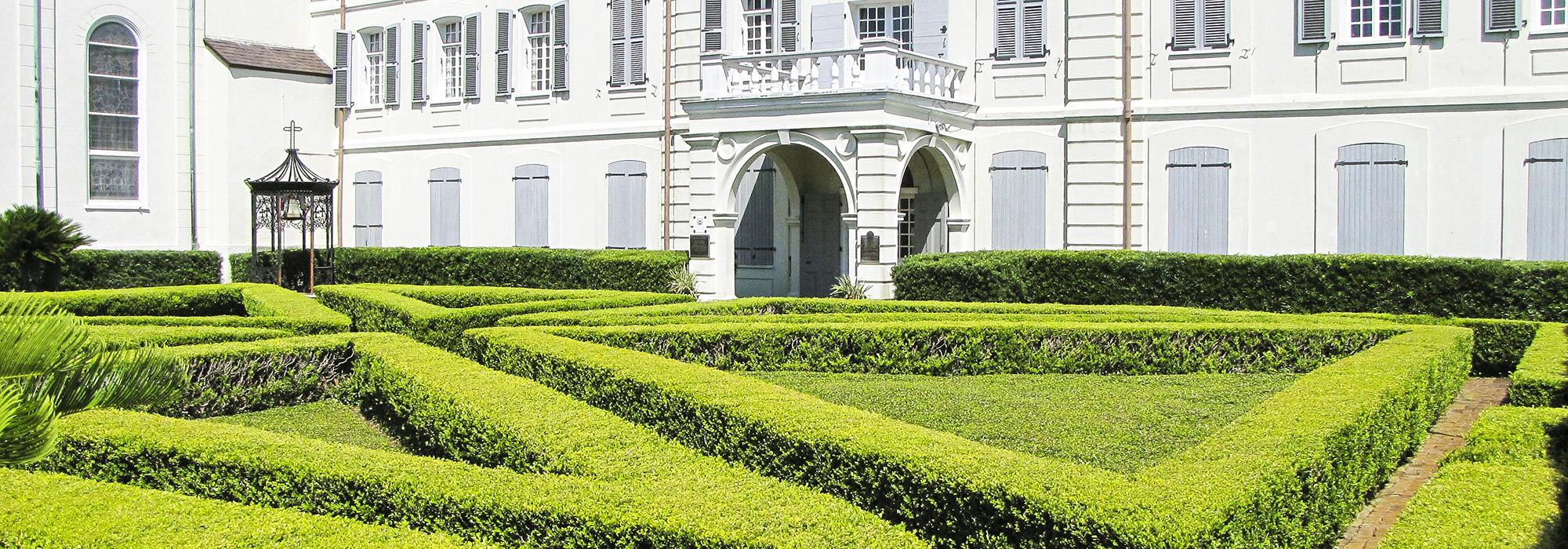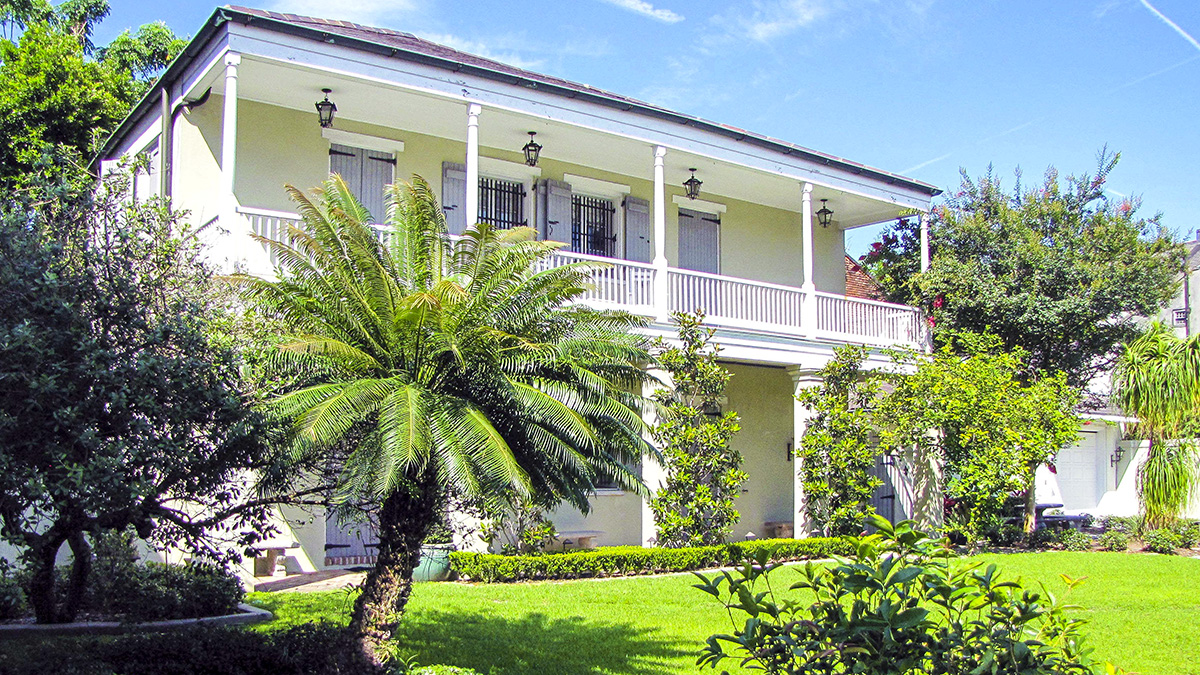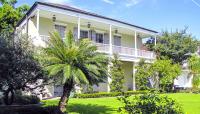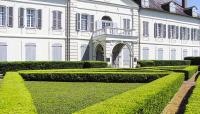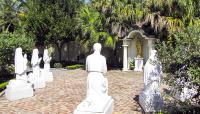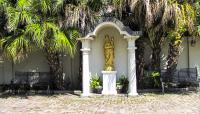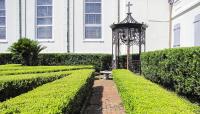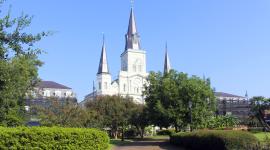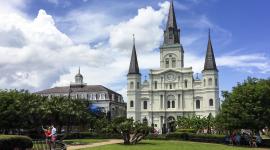Landscape Information
Built between 1745 and 1750 for the Ursuline nuns who arrived in the New Orleans colony in 1727, the Old Ursuline Convent is recognized as one of the oldest extant buildings in the Mississippi Valley and the oldest American example of French Colonial public architecture. The nuns maintained a botanical garden near the convent, which was used to test the suitability of certain French species for the New Orleans climate and to grow medicinal herbs. Following an extension of Chartres Street through the Ursuline property in 1824, the convent was reoriented to face the new street rather than the river. After the nuns moved their ministry that year, the old convent was used as the archbishop’s residence until 1889, and has since served various archdiocesan functions. The main entrance on Chartres Street is through a white stuccoed gatehouse, beyond which is the Bishop’s Garden, a formal parterre garden designed by A. G. Seifried in 1955, with low, geometric boxwood hedges referencing the French ancestry of the Ursuline sisters. A brick pathway forms a central axis leading to the convent entrance, while two smaller paths cut diagonally through the garden, dividing the space into six triangular sections that meet at the center. Sago palms mark the terminus of each narrow path, and a cast iron gazebo sits prominently in one corner of the garden. Behind the convent is a second garden, designed by landscape architect Christopher Freidrichs in 1995. It honors the holy women who helped build the Ursuline legacy, and features statues of well-known nuns. Geometric hedge-lined beds contain citrus trees, sago palms, bay trees, and antique rose varieties. The property was listed on the National Register of Historic Places in 1960.



